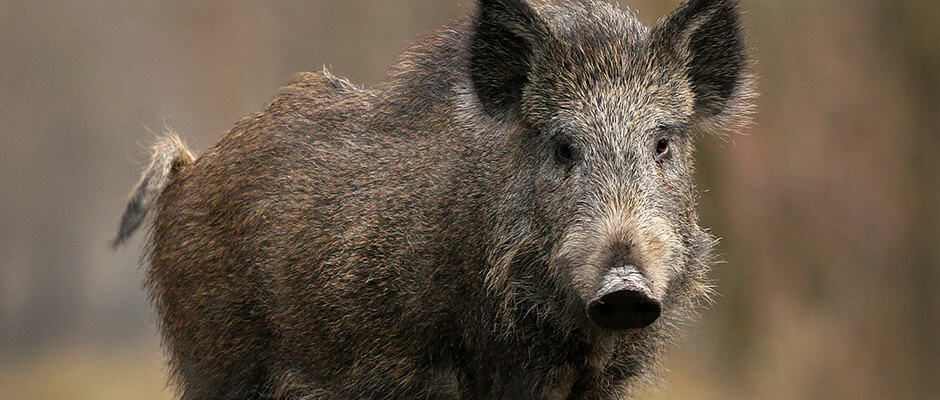Share this article
TWS Releases Feral Swine Fact Sheet
The Fact Sheet Series, TWS’s method of providing concise scientific explanations to current conservation issues, has just released a new fact sheet titled Feral Swine: Impacts of Invasive Species. This latest addition touches on the traits of feral swine that make them successful as an invasive species, as well as the current and future damage they may cause.
Swine populations have taken hold in this country due to a variety of factors. One notable factor is that swine are prolific breeders, as typical litter sizes range from 5 to 6 piglets, but can potentially be greater than 10. The fact sheet outlines that in the absence of control efforts, local populations can triple in a single year.
Control efforts of feral swine vary greatly throughout the US. According to the fact sheet, “[f]eral swine are managed as game species in some states, while other states have little or no regulations concerning their control and eradication.”
As feral swine populations move into new areas, variation in control efforts will continue to be an issue. The introduction of new populations will bring along with them many concerns, including land degradation and potential disease transmission.
TWS’s Fact Sheet Series are produced in order to provide both members and non-members with scientific explanations to issues involved in wildlife management and conservation. TWS encourages sharing fact sheets with decision-makers, the public, and other stakeholders in order to educate them on current issues affecting wildlife management and conservation.
See also: TWS’s Feral Swine Position Statement
Header Image: Image Credit: Texas A&M Agrilife Extension








